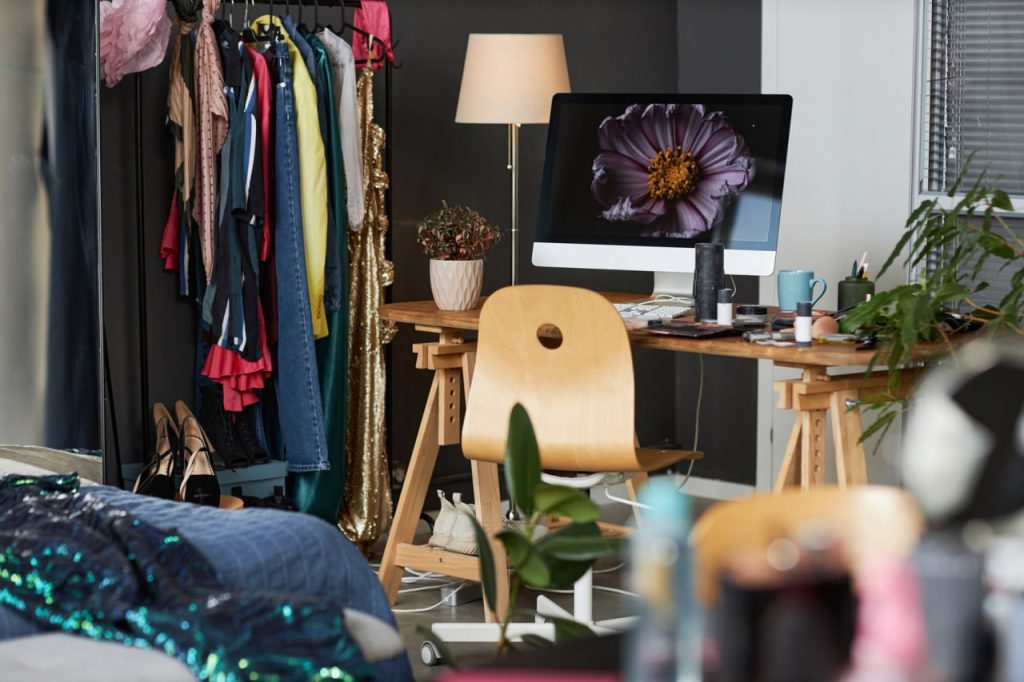In today’s technology-driven world, the clutter in our digital lives can be just as overwhelming as physical mess. From overflowing email inboxes and chaotic file systems to endless notifications and unused apps, digital clutter can significantly impact our productivity and mental clarity. Organizing your virtual space through digital decluttering is essential to reduce stress, increase focus, and make technology work for you rather than against you.
One of the most common sources of digital clutter is the email inbox. A cluttered inbox filled with unread messages, promotional emails, and outdated threads can create anxiety and reduce efficiency. To start decluttering your email, it’s helpful to unsubscribe from newsletters and promotional lists that no longer interest you. Creating folders and labels to categorize important emails allows you to quickly find messages when needed. Many email platforms also offer tools for filtering and automatically sorting incoming mail, which can greatly reduce the manual effort required to keep the inbox organized.
File management is another critical area. Over time, documents, images, and downloads accumulate in disorganized folders, making it difficult to locate essential files. A clear folder structure based on categories, dates, or projects helps maintain order. Regularly deleting duplicate or outdated files frees up storage space and simplifies navigation. Backing up important data to cloud storage or external drives ensures safety and accessibility without adding to device clutter.
Smartphone apps and digital tools can also contribute to clutter if left unchecked. Many people download apps for short-term use but forget to remove them afterward, resulting in slow devices and crowded screens. Periodically reviewing your apps and uninstalling those you no longer need helps keep your device running smoothly. Organizing apps into folders or on different screens based on usage frequency can also improve efficiency.
Notifications, while useful, can become overwhelming when unchecked. Excessive alerts distract from focus and increase stress. Turning off non-essential notifications and customizing settings for priority alerts allows you to stay informed without constant interruptions. Setting designated times to check emails and messages instead of responding immediately can further improve concentration and workflow.
Social media platforms are another area where digital clutter accumulates. Unfollow accounts that no longer add value, mute notifications, and organize your feed to prioritize content that inspires or informs you. Taking regular breaks from social media can help reduce digital overwhelm and create space for more meaningful activities.
Passwords and login credentials are often scattered across different platforms, creating security risks and frustration. Using a trusted password manager centralizes this information, making it easier to access accounts securely without keeping unsafe notes or repeated passwords.
Digital decluttering is not a one-time event but a continual practice. Setting aside regular intervals to review and organize your digital environment prevents clutter from building up again. Integrating mindful technology habits, such as limiting screen time and prioritizing essential tools, promotes long-term productivity and well-being.
In summary, organizing your virtual space through digital decluttering enhances not only your device performance but also your mental clarity and efficiency. By managing emails, files, apps, notifications, and social media mindfully, you create a streamlined digital environment that supports your goals and reduces distractions. Embracing this ongoing process helps you take control of technology, making it a valuable ally in your daily life rather than a source of stress.

